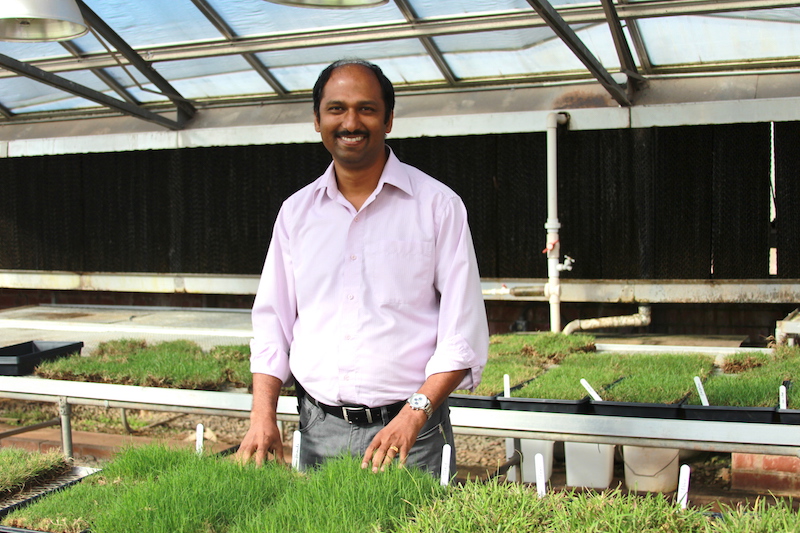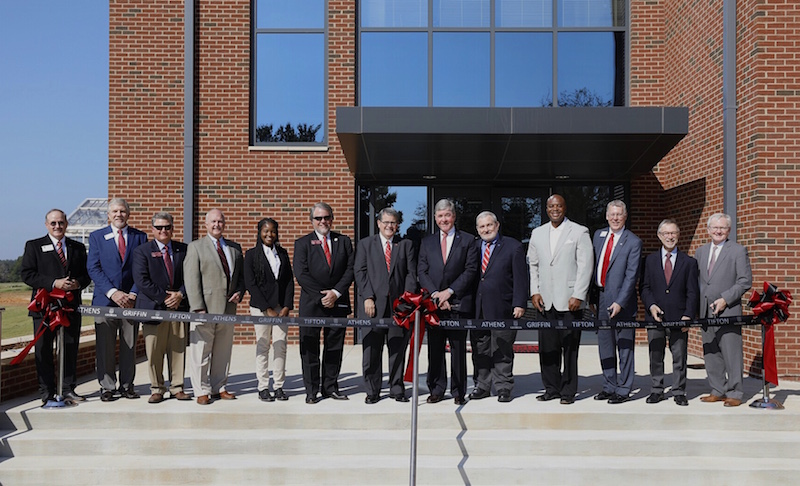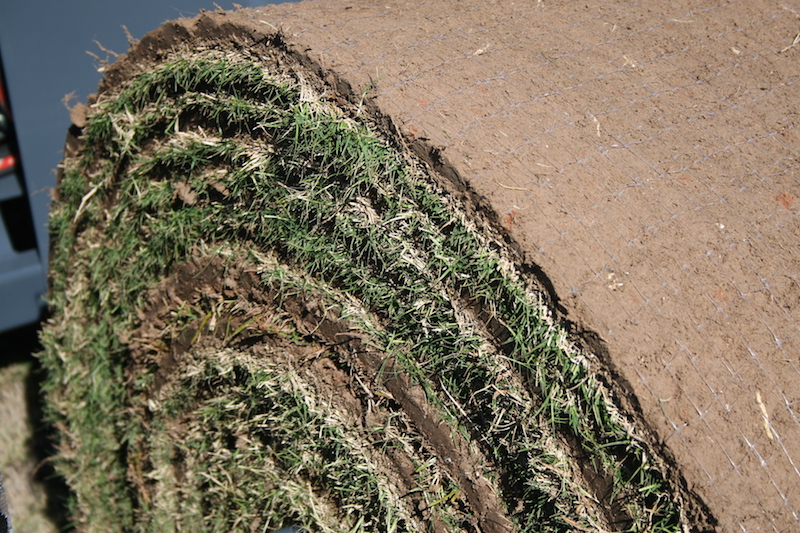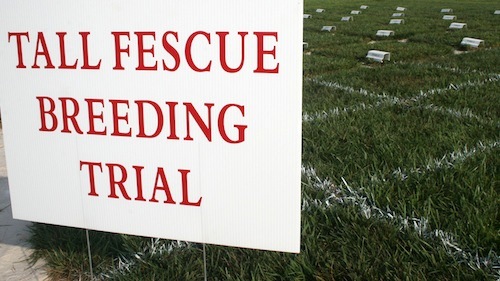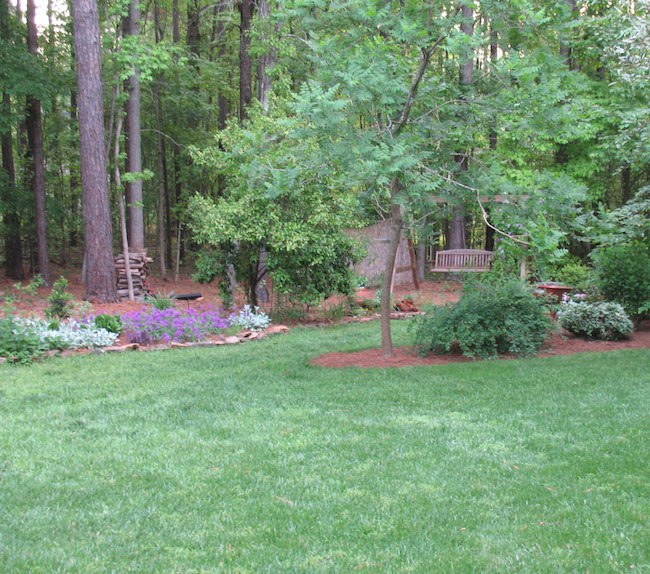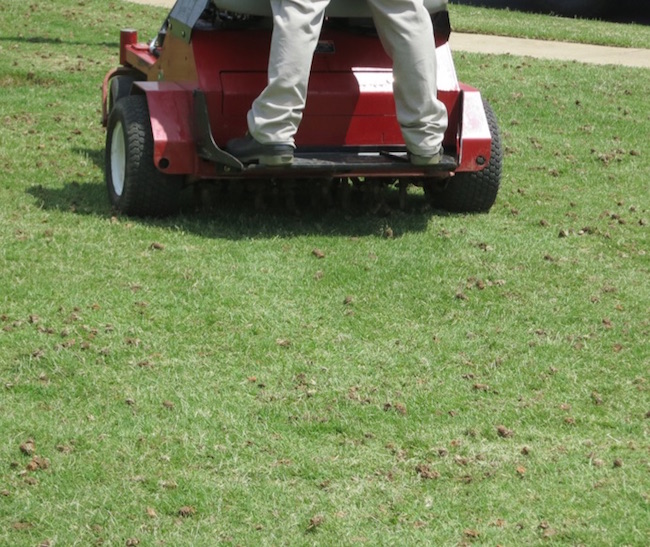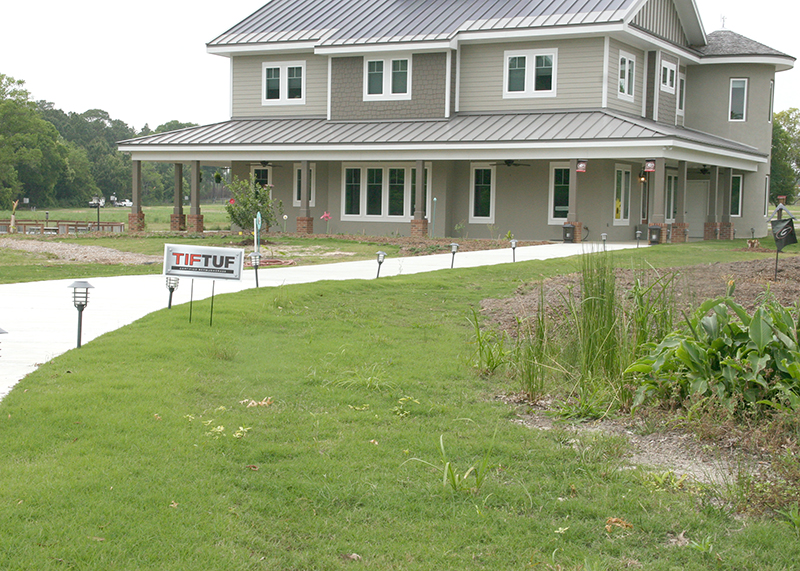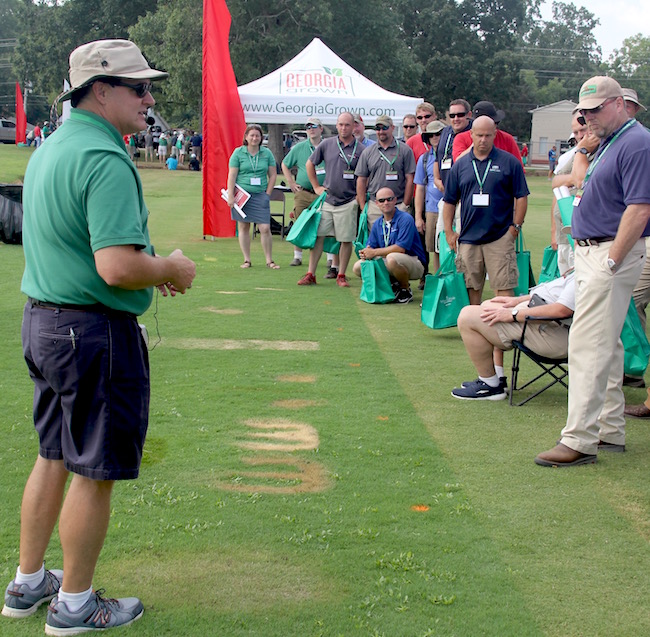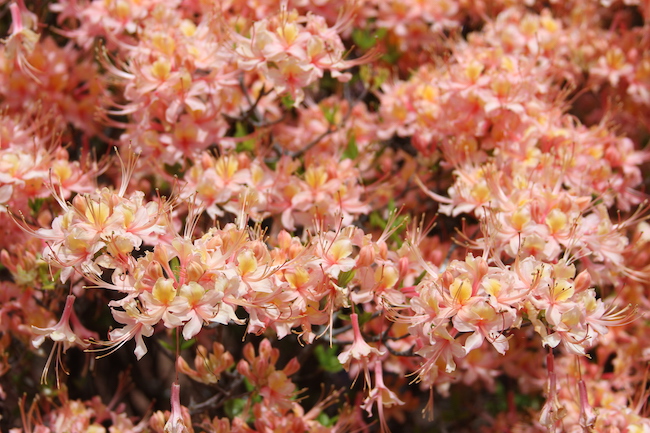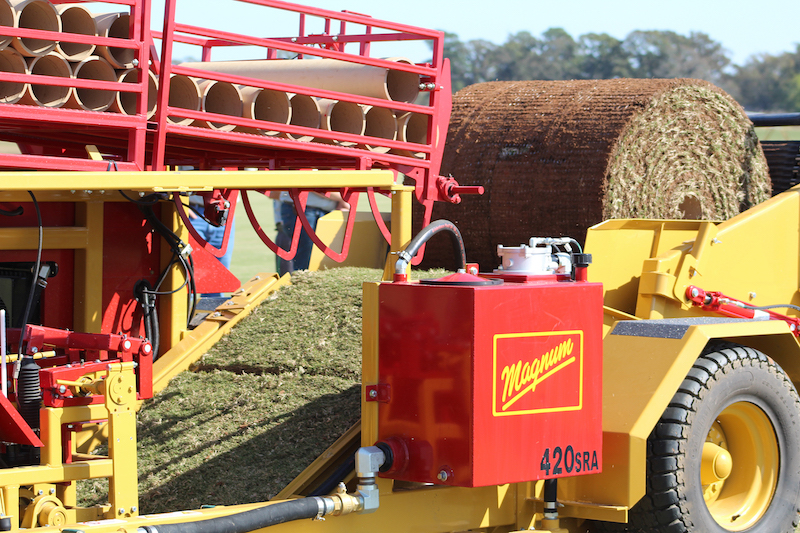 CAES News
CAES News
Sod Prices
Georgia’s supply of sodded turfgrass will sufficiently cover demand this year, and the delivery cost is not expected to rise, according to the Annual Georgia Sod Producers Inventory Survey conducted by Clint Waltz, University of Georgia Cooperative Extension turfgrass specialist, and the Georgia Urban Ag Council.

